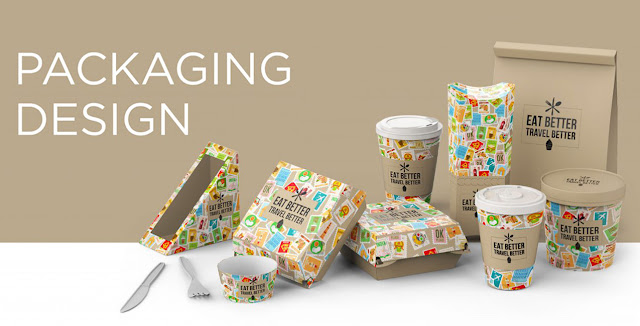Packaging designs
The Do's and Don'ts
of Effective Packaging Design
When it comes to packaging design, there are many factors to consider to ensure it is effective. From choosing the right materials to making sure the design conveys the right message, effective packaging design can help your product stand out from the competition.
Knowing the do’s and don’ts of packaging design can help you create a successful design that is both visually appealing and functional. It’s important to consider the type of packaging, the materials used, the colors, and the overall design. With the right design, you can create an eye-catching package that will attract consumers and help your product stand out from the rest.
Types of Packaging
There are a few different types of packaging you can choose from, each with its own advantages. They come in a variety of shapes and sizes to fit a range of products and are often made from different materials.
Packaging can be either rigid or flexible, but it’s
important to consider the purpose of the packaging before choosing a specific
type.
Blister Packaging - This type of packaging is often used for beauty products since it protects the product while on the shelf. It’s a good option if you are looking to protect the product while in transit as well. This type of packaging is often made from plastic and is typically used for smaller items. Blister packaging is also often used in conjunction with shrink wrapping.
Clam Packaging - This type of packaging is often used for securing multiple items together. It’s a good option if you are planning on packing several smaller items together to be shipped. Clam packaging is often made from plastic and is often used to secure items together in a box or bag.
Carton Packaging - This type of packaging is often used for shipping larger items like appliances or furniture. It’s a good option if you are wanting to ship a larger item. Carton packaging is often made from cardboard, and it often comes in a variety of sizes to accommodate different items.
Materials Used for Packaging
When choosing a material for your packaging, you want to make sure it meets a few criteria. The first is that it has to be visually appealing. You also want to make sure it is functional and can protect your product during transit.
Paper - Paper is a common material used for packaging. It’s a good option if you are looking for a budget-friendly packaging option. It’s a lightweight material, which makes it easy to ship. It also has a high tear strength, which makes it a good option if you are planning on securing the packaging with tape.
 Corrugated Cardboard
- This is a common material used for packaging larger items. It’s a good option
if you are shipping items that weigh a lot, or have a large surface area.
Carton board is made from recycled materials and can be printed on both sides.
Corrugated Cardboard
- This is a common material used for packaging larger items. It’s a good option
if you are shipping items that weigh a lot, or have a large surface area.
Carton board is made from recycled materials and can be printed on both sides.
Polypropylene - This material is often used for packaging smaller items. It’s a good option if you are looking for a material that is resistant to chemicals. Polypropylene is also often used for securing items for shipping, as it is a lightweight and strong material. It also has good tear strength.
Colors for Packaging
When choosing the color scheme for your packaging, you want to make sure it is eye-catching. You also want to make sure it compliments your brand, which can be challenging if you are working with a limited budget.
It’s important to choose a color scheme that will draw attention to your product on a shelf. When choosing a color scheme, it’s important to take into account what your product is. For example, if you are Food packaging design, a bright color may not be the best choice since it may not be visually appealing to a potential customer.
Do's of Effective Packaging
Design
There are a few things to keep in mind when designing your package. The first is to select the right material for your product. Next, make sure you are using the right type of design for your product. It’s also important to consider the size of the packaging and make sure it’s easy to open. It’s also important to write the right information on the packaging so the consumer knows what they are getting. This will help you create an eye-catching packaging design that is functional and easy to open.
Visit this website - https://b-branddesign.com.au/




Comments
Post a Comment